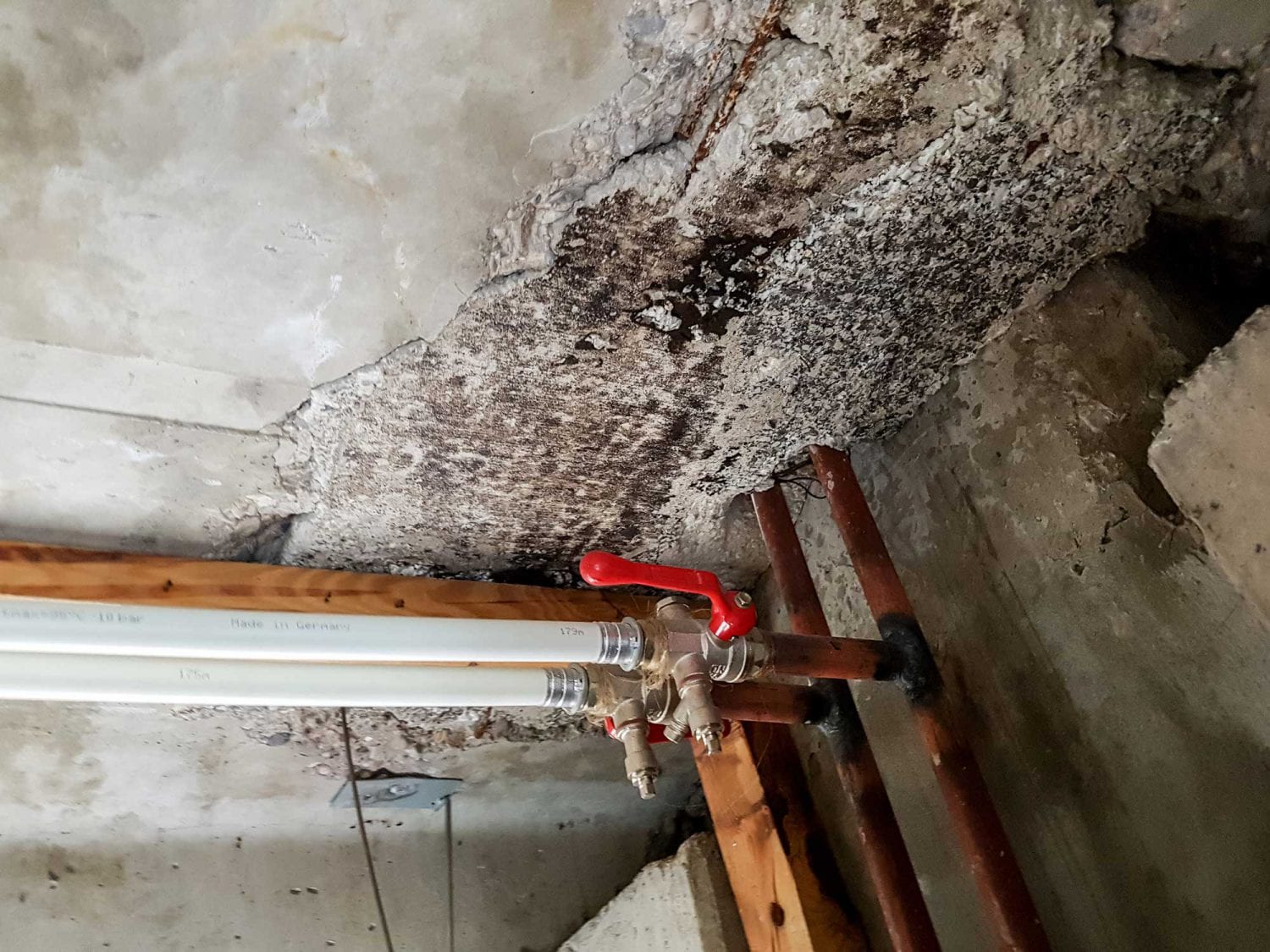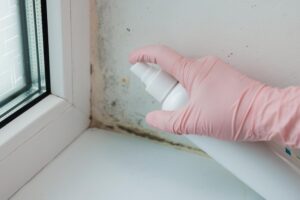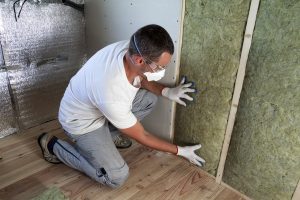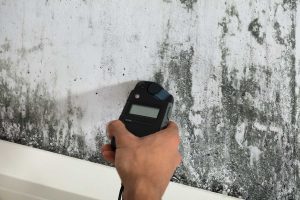At Insight Environmental, we get this question all the time: “Will my home insurance cover mold testing and inspection?” The truth is, it depends. Insurance policies can be tricky, and when it comes to mold, the lines between what’s covered and what’s not can feel a bit blurry.
As experts in the world of mold testing and inspection, our goal is to give you the facts and help you get ahead of any mold issues before they turn into bigger problems. Let’s dive into the details so you can better understand how your homeowners insurance might help (or not) when it comes to mold.
Let’s break down what works, what doesn’t, and what you need to know to keep your home safe and mold-free.
Key Takeaways
- Most homeowners insurance policies don’t cover mold testing unless it’s caused by a sudden, covered event (like a burst pipe).
- Mold from long-term leaks, humidity, or lack of maintenance is usually excluded from coverage.
- Some insurance policies include a mold endorsement or rider that expands coverage.
- Even if mold is covered, coverage limits or caps often apply to testing, inspection, and remediation.
- Mold inspection is still worth it. It helps clarify what caused the mold and whether it might be tied to something your insurance covers.
When Mold Testing Might Be Covered
Homeowners insurance is generally meant to protect you from sudden and unexpected damage, not long-term issues or maintenance problems. That means if your mold issue comes from something like a busted water heater or a burst pipe, and that event is covered in your policy, there’s a decent chance the related mold testing and inspection could be covered too.
In those cases, mold is considered “resulting damage.” For example, the pipe bursts and floods your basement. A couple of weeks later, you notice mold growing on the drywall. Since the initial cause (the burst pipe) was sudden and accidental, your insurance might help with both the water damage and the mold cleanup, including testing.
Another scenario where testing could be covered is if you have a specific mold rider or endorsement attached to your policy. These are optional add-ons that expand your protection to include mold-related issues. If you opted in for one of those, your chances of getting coverage are better.
When Mold Testing Usually Isn’t Covered
Unfortunately, many of the mold cases we see at Insight Environmental don’t fall under insurance coverage. Why? Because most mold growth is caused by things that develop over time, like slow, hidden leaks or poor ventilation. Insurance companies typically view those issues as maintenance problems.
If the mold came from a roof that’s been leaking for months, or from high humidity in your bathroom due to poor ventilation, your insurer will likely say it was preventable and deny the claim.
Flooding is another one to be careful with. Unless you have separate flood insurance, mold caused by storm surge or rising groundwater probably won’t be covered by your standard policy.
Even if you do get some coverage, there may be strict limits. Many policies have caps on how much they’ll pay for mold testing or cleanup (sometimes just a few thousand dollars), which may not cover the entire process.
Why Mold Inspection Still Matters
Even if your insurance won’t cover it, getting a mold inspection is one of the smartest moves you can make as a homeowner. Here’s why:
- It helps identify the cause. Was the mold caused by something sudden (and potentially covered) or something long-term (likely not covered)? A professional inspection can answer that.
- You’ll know the full scope. Is the mold limited to one room, or is it affecting your HVAC system or crawlspace? Knowing how far it’s spread helps you plan the next steps.
- It documents the issue. Our reports provide solid documentation that you can share with your insurance company if you decide to file a claim.
- It helps you prepare. Even though we don’t do remediation, our inspection gives you a roadmap of what needs to be addressed and can help you get more accurate quotes from qualified mold removal professionals.
- It helps prevent future problems. We often uncover hidden issues like small leaks, condensation, or inadequate airflow that you can fix before they lead to more mold down the road.
What You Should Do If You Suspect Mold
If you think you might have mold in your home, here are the steps we recommend:
- Stop the source of moisture. Whether it’s a leaky pipe or a roof issue, deal with it right away.
- Document everything. Take photos of the damage, note when you first saw it, and keep any repair records.
- Call your insurance provider. Let them know what happened and ask whether your policy might cover a mold-related claim.
- Schedule a mold inspection. Bring in a professional team (like us!) to assess the situation, take samples if needed, and give you a clear picture of what you’re dealing with.
- Keep all your paperwork. Save the inspection report, photos, repair receipts, and any communication with your insurer. It can all come in handy.
- Take care of any needed fixes. Even if insurance doesn’t cover it, addressing the problem now can save you a lot of stress and expense later.
Let Insight Environmental Help You Get the Answers You Need
Mold can be sneaky and stressful, especially when you’re trying to figure out what your insurance does or doesn’t cover. But you don’t have to guess.
At Insight Environmental, we’re here to provide honest, detailed mold inspections so you can take the right steps forward. Whether your issue is covered or not, having the right information puts you in control.
Reach out to our team today to schedule your inspection. We’ll help you get the clarity you need to protect your home and your peace of mind.




